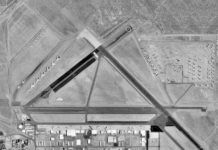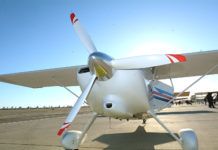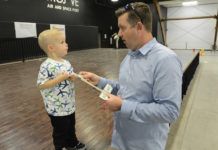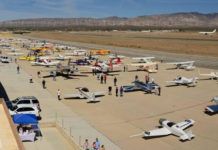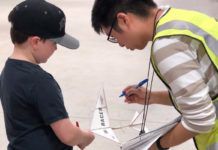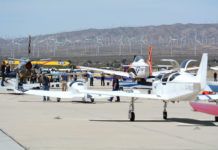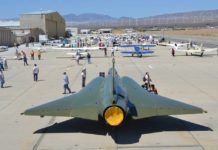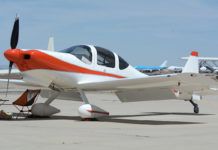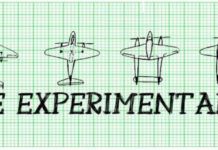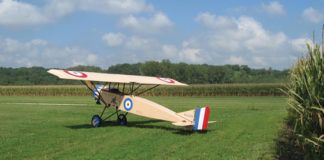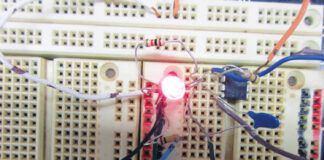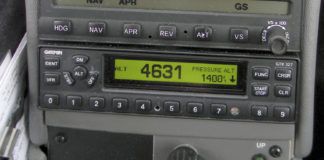Cool planes, World Records, Shiny Trophies
[UPDATED with video from the awards ceremony] The third annual Mojave Experimental Fly-In was held Saturday April 18 at the Mojave Air and Space Port. As usual uber-cool ships were everywhere (see Tom Wilson’s photo blog), and the event was preceded Friday by a flour-bomb drop, poker-run and indoor model flying/slumber party. The fly-in culminated with a dinner hosted at the Stu Witt Center featuring keynote speaker Mike Melvill, a commercial astronaut and long-time Scaled Composites test pilot. In addition, NAA records-certifier Brian Utley gave a summary of the new (and as yet unofficial) world records set during the week leading up to the fly-in (see records below).

Since KITPLANES’ photojournalist Tom Wilson has covered the fly-in itself the past two years, this year we decided to focus on the less visible awards and records side of the event. MEFI’s theme is Design, Build, Fly; to that end, organizer Elliot Seguin (an engineer at Scaled) last year created an awards dinner to recognize the homebuilders and record setters at the fly-in. These awards are the Best Design, Best Build, Best Test and Experimenter of the Year. Best Design focuses on technical design, Best Build looks at craftsmanship, and Best Test considers the flight testing of new airframe modifications. The Experimenter award goes to the project with the highest total cumulative score from all three categories. Last year’s winners of the Design/Build/Test/Overall categories were (respectively) Jeff Lange’s Sonerai turbo conversion, Kevin Eldredge’s Titan engine development, Zach Reeder’s Catbird long-range fuel mods, and Mike Patey’s 780 Lancair. This year’s winners were Fred Roscher and John Parker of 51 Aerodata for their data acquisition system (Best Design), Andrew Findlay for his Lancair beluga mods (Best Build and Best Test), and finally Andy Chiavetta et al for the engine development of Lynn Farnsworth’s Race 44 that lead to multiple world records (Best Overall). Brothers Justin and Josh Phillipson were also recognized for their work on their IF1 racer.
No fewer than 15 projects were nominated for MEFI awards, including two you’ve read about here in KITPLANES (Ross Farnham’s Meredith Effect scoop and Paulo Iscold’s Carbon IF1 wing). While we don’t have space to cover all the nominations here, I highly recommend going to the MEFI website [www.mojaveflyin.com] and checking them out. Each summary is about one page, accompanied by lots of pics that may inspire you to try some new mods, or at least show you where the cutting edge of homebuilt aviation is at. They cover the gamut from numerous raceplane mods to a new fuel injection system and even a human powered aircraft!

In addition to the awards, MEFI is becoming to fast planes what Bonneville’s Speed Week is to land speed vehicles: the place to set new world records. Bringing in Brian Utley for an entire week gives teams enough time to attempt multiple records, latitude to deal with mechanical or weather setbacks, and also allows the NAA fees to be split among participants. In addition, low-level speed waivers and other bureaucratic niceties can be handled en-masse. Last year saw 9 record attempts, of which 7 were successful. This year there were 12 attempts of which 6 were successful (see the side bar for the unofficial results).
If you are interested in setting a record, have a cool project you’d like to share with the Experimental community, or just want to get a bit of sun and see some cool planes, be sure to pencil MEFI into your schedule for next year!
New world records set at 2015 MEFI (pending FAI ratification)
After a disappointing Reno 2014 for Race 44, owner Lynn Farnsworth and crewchief Andy Chiavetta aimed at setting a world speed record at MEFI in preparation for Reno 2015. To say they hit the mark is an understatement: the team set four major new world records in three days. By adding weight to the plane, they were able to take c-1c (1000-1750kg weight category) records in addition to C-1b (500-1000kg weight category).
C-1b: 3km absolute speed: 387 mph. Pilot: Elliot Seguin. This would break the record of 376 mph set by Lee Behel in his GP-5 at MEFI last year.
C-1b: Time to Climb 3000m: 1:59.9. Pilot: Seguin. This would break the record of 2:08.6 also set by Behel at the 2014 MEFI.
C-1c: 3km absolute speed: 390 mph. Pilot: Seguin. This would break the record of 373 mph set by John Parker in 2005.
C-1c: Time to Climb 3000m: 2:02.6. Pilot: Seguin. This would break the record of 3:09 set by German Wilhelm Heller in 1984.
Well, the Germans may have lost a record in C-1c but they made it back up double in C-1a and C–1b. It seemed like there was rarely a day this spring when I didn’t look out the hangar window and see Santa Paula’s Klaus Savier rolling down the runway to shake out another airframe mod on his highly modified VariEZ, Delaminator. And after setting a record in Delaminator, he jumped out, jumped into his LongEZ Determinator and set another! It should be pointed out that Klaus already holds both the 2000km and 1000km closed course C-1a records as well.
C-1a: 500km: 241 mph. Pilot: Klaus Savier. This would break the record of 214 mph set in 1983 by John Saum during a CAFE 500 race.
C-1b: 2000km: 254 mph. Pilot: Savier. This would break the record of 249 mph set in 1994 by Dick Rutan in Catbird.
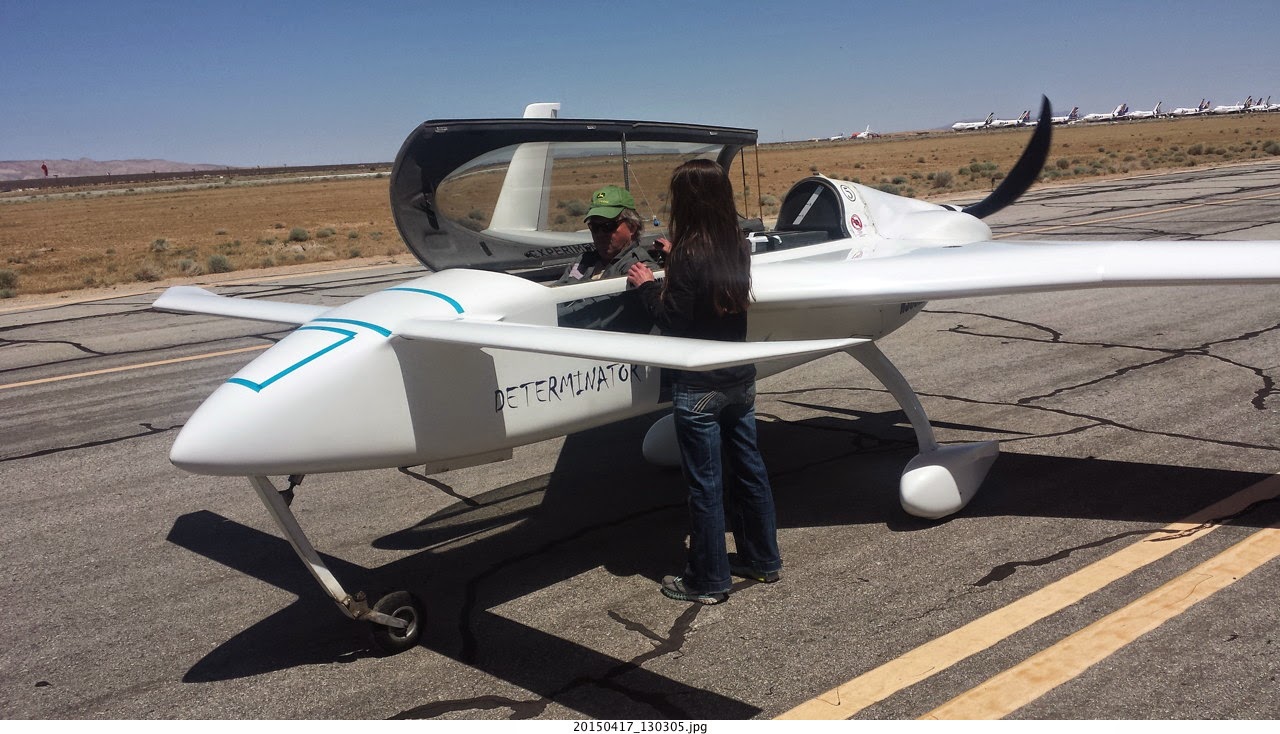
View the video of the Mojave Spaceport Experimental Fly in Awards 2015:
httpv://youtu.be/fTH8gfSnB80

